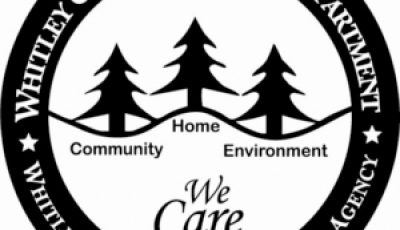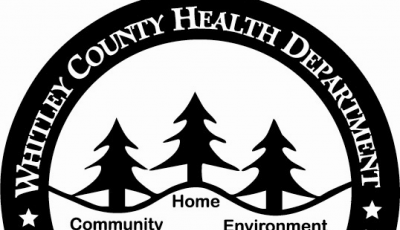12 steps to getting prepared
(Commentary by Marcy Rein, RN MPH)
The Federal Emergency Management Agency recently released the results of their 2022 survey about preparedness. Since 2013 the agency has done a national survey of U.S. households to look at America’s emergency preparation actions and attitudes. The good news is that most Americans, 55% of us, have done something to prepare. Unfortunately, fewer than half feel ready for a disaster.
Those results are consistent with what the Health Department found when we asked preparedness questions in our 2019 Whitley County survey. 63% of you said you have an emergency kit. 45% of you feel prepared for the kinds of disasters that might happen in Whitley County. As a rural community, we are slightly better at preparing than urban areas. Still, there is plenty of room for us to improve.
FEMA has broken things down into 12 actions that all of us should take to prepare us for disasters. This works conveniently for us to be able to tackle one action each month in the coming year.
- Gather or update supplies
- Document property and have insurance
- Get involved in the community
- Know evacuation routes
- Make a plan
- Make home safer
- Plan with neighbors
- Practice drills or habits
- Make documents safe
- Save money for a rainy day
- Sign up for alerts and warnings
- Test the family communication plan
Of course, some of these actions are easier and cheaper than others. We stand to improve the most around coordinating with other people. You can “get involved in the community” and “plan with neighbors” without spending any money. For those at least 60 years old, it is especially important to get involved in the community and make a plan. Once you have a plan, practice it. In FEMA’s survey, only 8% of seniors had practiced an emergency drill, like evacuating their home in case of fire.
If money is tight, it can be hard to gather supplies or save for a rainy day. Gathering as much as possible is better than not doing anything at all. Low or no-cost actions also include making a list and taking photos of items that are important or valuable. Store those things, along with important documents like birth and marriage certificates, in a safe place that cannot wash away in a flood or burn in a fire.
It is one thing to know that we might be vulnerable to flooding or severe cold. It is another thing to know what to do about it. Think about the local disasters you have heard about in the news. In our area, we should prepare for all kinds of severe weather, floods, earthquakes, landslides and fires. You can go to www.ready.gov to see what to do to prepare and how to stay safe in each of those kinds of disasters.
It may be easy to think disasters only happen to other people. However, simple things ahead of time can make a difference for you if those odds eventually catch up. Some preparedness is better than none. Also, the way human nature works, if we take one step in our preparedness journey, we are more likely to take a second. Pick one action each month to get you started.
You can see the full FEMA Survey results here: https://fema-community-files.s3.amazonaws.com/2022-National-Household-Survey.pdf
(Marcy is the Public Health Director at the Whitley County Health Department. She has been a nurse for nearly 20 years. She lives on her Williamsburg farm with her husband and children.)







